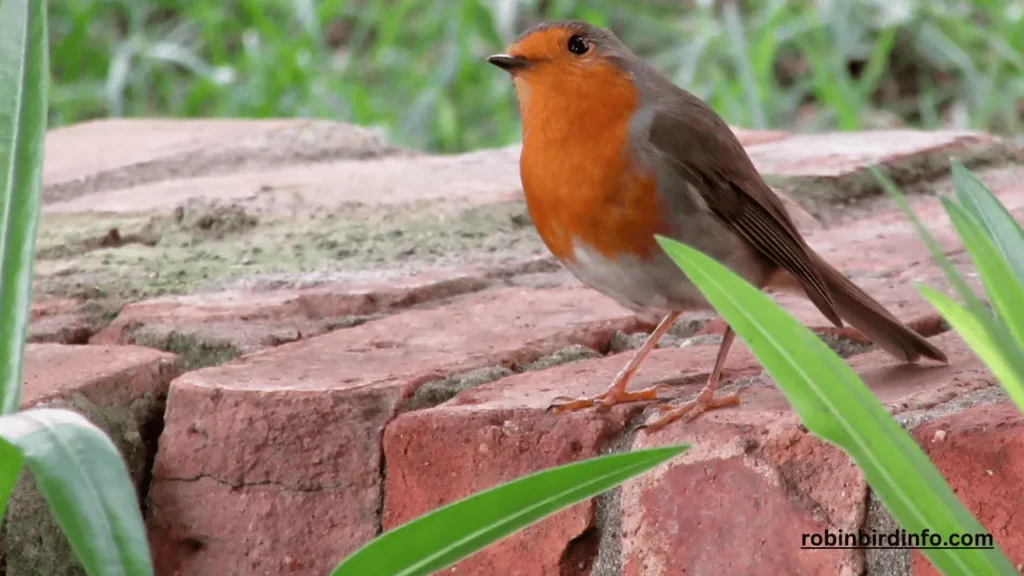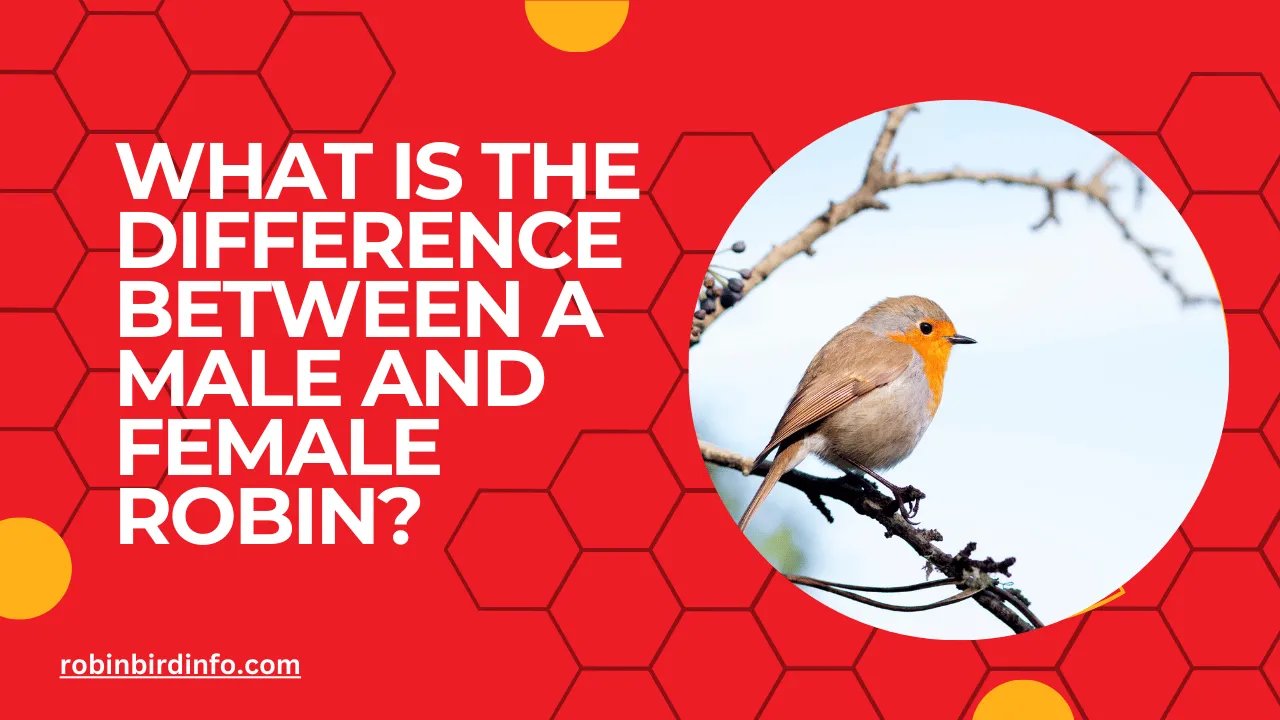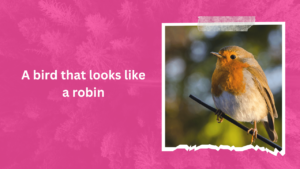Ever gazed out your window at a pair of Robins hopping across your lawn and wondered – are they both the same?
These cheerful songbirds seem like feathered twins at first glance. But beneath that familiar red breast lies a fascinating secret: male and female Robins have subtle differences that can be surprisingly tricky to spot.
Understanding these differences isn’t just about birdwatching bragging rights. It can actually help us appreciate Robins on a deeper level. By learning about their unique physical features and distinct behaviors, we can gain insights into their world – a world of territorial battles, intricate songs, and the delicate dance of raising young.
So, grab your binoculars (or just your curiosity) and get ready to embark on a journey to differentiate the male from the female Robin. With a little knowledge, you’ll be a Robin whisperer in no time!
Contents
Sexual Dimorphism in Birds
Sexual dimorphism refers to the differences in appearance between males and females of the same species. In birds, sexual dimorphism is often expressed through differences in size, color, and behavior.
Size dimorphism is common in many bird species, with males being larger than females. However, in Robins, size differences between sexes are relatively subtle.
The most noticeable form of sexual dimorphism in Robins is color dimorphism. Male Robins are easily recognizable by their bright red breast, while females have a more subdued brown coloration. This difference in plumage is thought to be linked to sexual selection, with females preferring males with brighter plumage.
Physical Differences Between Male and Female Robins
While the plumage difference is the most obvious distinction between male and female Robins, there are other subtle physical differences. Male Robins tend to have slightly longer tails and thicker bills than females. However, these differences can be difficult to discern, especially for inexperienced birdwatchers.
Behavioral differences between male and female Robins are more pronounced during the breeding season. Male Robins are more territorial and aggressive, defending their nesting territories with song and physical displays. Female Robins, on the other hand, are more focused on nest building and incubation.
Vocal Differences
One of the most significant differences between male and female Robins lies in their vocalizations. Male Robins are known for their beautiful songs, which they use to attract mates and defend territories. Female Robins, while they can also sing, have a less complex and less frequent vocal repertoire.
Male Robins have a wider range of vocalizations, including songs, calls, and territorial displays. Female Robins, on the other hand, primarily use calls for communication with their mate and young.
Challenges in Sexing Robins
Sexing juvenile Robins can be particularly challenging, as their plumage is similar in both sexes. It is often difficult to distinguish between young male and female Robins until they reach adulthood and develop their distinctive plumage.
Individual variation in plumage can also make it difficult to sex Robins accurately. Some male Robins may have less vibrant plumage than others, while some female Robins may exhibit more colorful plumage.
To accurately sex Robins, it is often necessary to consult with experienced birdwatchers or ornithologists. They can use a combination of physical characteristics, behavior, and vocalizations to identify the sex of a particular bird.
Conservation Implications

Understanding the sex ratio of Robin populations is important for monitoring population trends and identifying potential threats. By studying the sex ratio, researchers can gain insights into factors affecting breeding success and population dynamics.
Conservation efforts aimed at protecting Robin habitats and reducing threats like habitat loss and pesticide use are crucial for the long-term survival of these birds. By participating in citizen science projects, individuals can contribute to data collection and help inform conservation strategies.
Citizen science initiatives can provide valuable information about Robin populations, including sex ratios, breeding success, and migration patterns. By participating in these projects, individuals can help scientists better understand and protect these beloved birds.
Conclusion
While male and female Robins may appear similar at first glance, there are subtle differences in their plumage, behavior, and vocalizations. By paying attention to these details, birdwatchers can accurately sex Robins and gain a deeper appreciation for their complex behavior.
Understanding the sex ratios of Robin populations is crucial for effective conservation efforts. By protecting their habitats, reducing threats, and participating in citizen science, we can help ensure the survival of these beautiful birds for generations to come.
FAQ’s
How can I tell the difference between a male and female Robin?
The most reliable way to sex an adult Robin is by its plumage. Male Robins have a bright red breast, while females have a more muted brown breast. However, juvenile Robins of both sexes have brown plumage, making it difficult to distinguish between them.
Do female Robins sing?
While male Robins are known for their beautiful songs, female Robins can also sing, although their songs are typically simpler and less complex.
When is the best time to observe Robins?
The best time to observe Robins is during the breeding season, which typically occurs in the spring and summer months. During this time, male Robins are more active and vocal, making them easier to spot and identify.
What is the average lifespan of a Robin?
The average lifespan of a Robin is 2-3 years, although some individuals may live longer. However, many Robins don’t survive their first year due to predation, disease, and harsh weather conditions.
How can I attract Robins to my yard?
To attract Robins to your yard, you can provide a variety of food sources, such as birdseed, mealworms, and fresh fruit. You can also create a bird-friendly environment by planting native plants, offering clean water sources, and providing nesting sites.
What are the threats to Robin populations?
Robins face various threats, including habitat loss, climate change, and predation. Pesticides and collisions with windows can also harm Robin populations.








